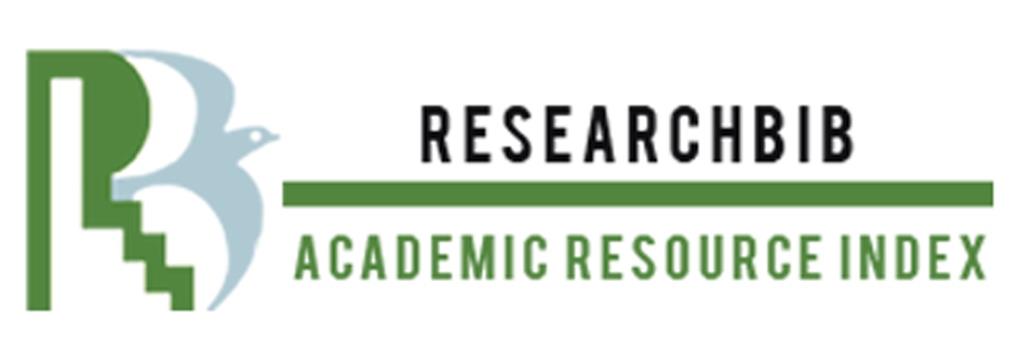GENDERED WORDS
Abstrakti
This article is about gender classification from a linguistic point of view. When using examples of word formation of terms of gender terminology. For the main characteristic of personality, biological sex is considered as social. This, in turn, leads to mutual influence and mutual enrichment of various sciences. This article makes a linguistic approach to the development of speech and its culture from the focus of attention regarding gender.; A comparative analysis of the terms of gender vocabulary in Russian and English is given.; A comparative analysis of a number of theories of a linguistic and gender nature has shown that gender can be considered from the point of view of psychology, sociology, philosophy, cultural studies, and, of course, linguistics.; For the main characteristics of the personality, the biological sex changes as social. This, in turn, leads to the mutual enrichment of various sciences. This article makes a linguistic approach to the development of speech and its culture with a focus on attention.
Lataukset
Lähdeviitteet
Aksyuchenko, M. Vlasova, K. (2015). Word formation as a way of gender representation (on the material of English and Russian languages). Bulletin of the Nizhny Novgorod University. N.I. Lobachevsky, 1, 239-244.
Akhmanova, O. (2007). Dictionary of linguistic terms. ComBook, 576.
Boroujeni, Sousan Sattar. (2020). Gender-related ethnographic study on the role of partnership values in motivating Iranian EFL learners’ engagement in the learning process. Applied Research on English Language, 9(3), 409–428.
Gritsenko, E. Sergeeva, M. Laletina, A. et al. (2011). Gender in British and American Linguistic Cultures. Monograph under the general. ed. E.S. Gritsenko, 224.
Catherine, W. (2018). Neonominations of a person in English Discourse: Word-Formation Aspect. International Conference Word, Utterance, Text: Cognitive, Pragmatic and cultural Aspects: European Proceedings of Social and Behavioral Sciences, 39, 62-67. 10.15405/epsbs.2018.04.02.9.
Ilyish, B. (1968). History of the English Language, 420.
Khachak, B. (2013). The system of functional manifestations of sex-role differences in language. Bulletin of the Adyghe State University, 3, 124-129.
Kirilina, A. Tomskaya, M. (2005). Linguistic Gender Studies. Otechestvennye zapiski [Electronic resource]. Access mode: http://www.strana-oz.ru/2005/2/lingvisticheskie-gendernye-issledovaniya.
Marchand, H. (1969). The Categories and Types of Present-Day English Word-Formation. A Synchronic-Diachronic Approach, 545.
Раджапова, Н. Б., & Тухтамурадова, Р. Р. (2024). МУЖСКАЯ И ЖЕНСКАЯ РЕЧЬ В СМИ. Journal of new century innovations, 51(1), 200-204.
Раджапова, Н. Б. (2024). ГЕНДЕР СКВОЗЬ ПРИЗМУ ЯЗЫКА. Journal of new century innovations, 51(1), 190-194.
Harutyunyan, O. Bogatyreva, J. (2015). Structural analysis of the text. Peace, sciences of culture, education, 458.
Zhukov, V. (2014). Dictionary of Russian proverbs and sayings. 3rd edition, 656.
Hornscheidt, A. (2009). . Ein Handbuch der Gender-Theorien. Gender@Wissen, 220-238.
Matunova, G. (2017). The problem of studying gender in Russian linguistics. Young Scientist, 14(148), 725-728.
Gottburgsen, A. (2000). Stereotypical patterns of linguistic doing gender (an empirical investigation). Wiesbaden: Westdeutscher Verlag GmbH, 293.
Zaitseva, S. (2014). Gender suffixes in English (on the basis of English units that nominate a person). Bulletin of the Adyghe State University. Series 2: Philology and Art History, (1 (134)), 45-48.
Oxford Advanced Learner's Dictionary. (2010). Oxford University Press.
















